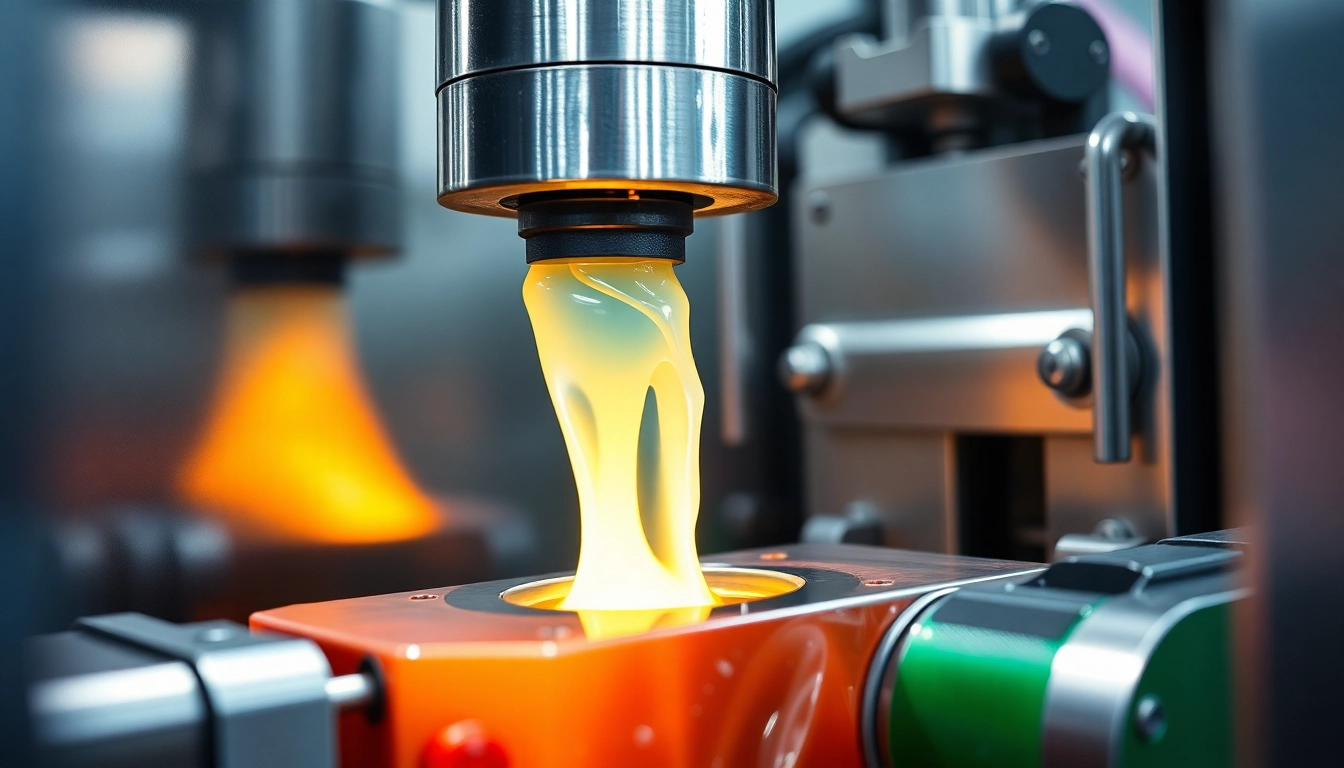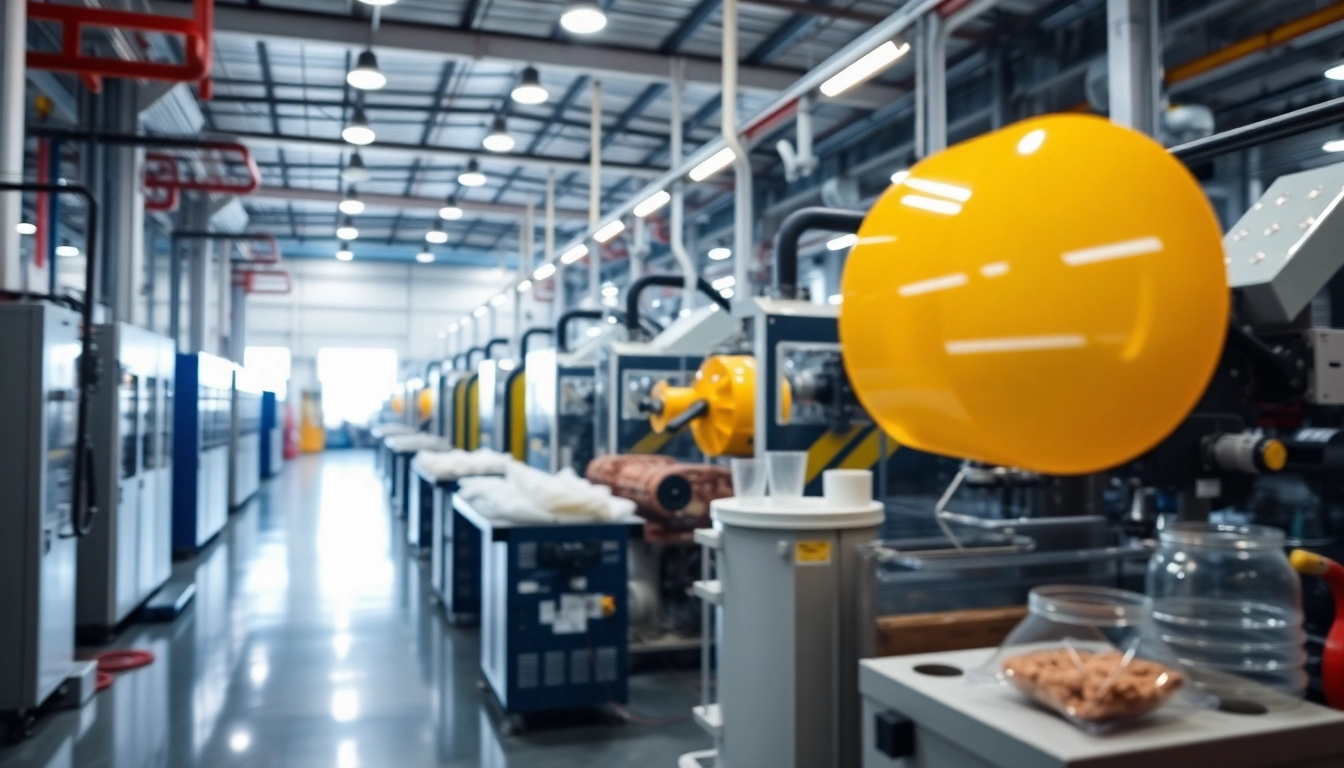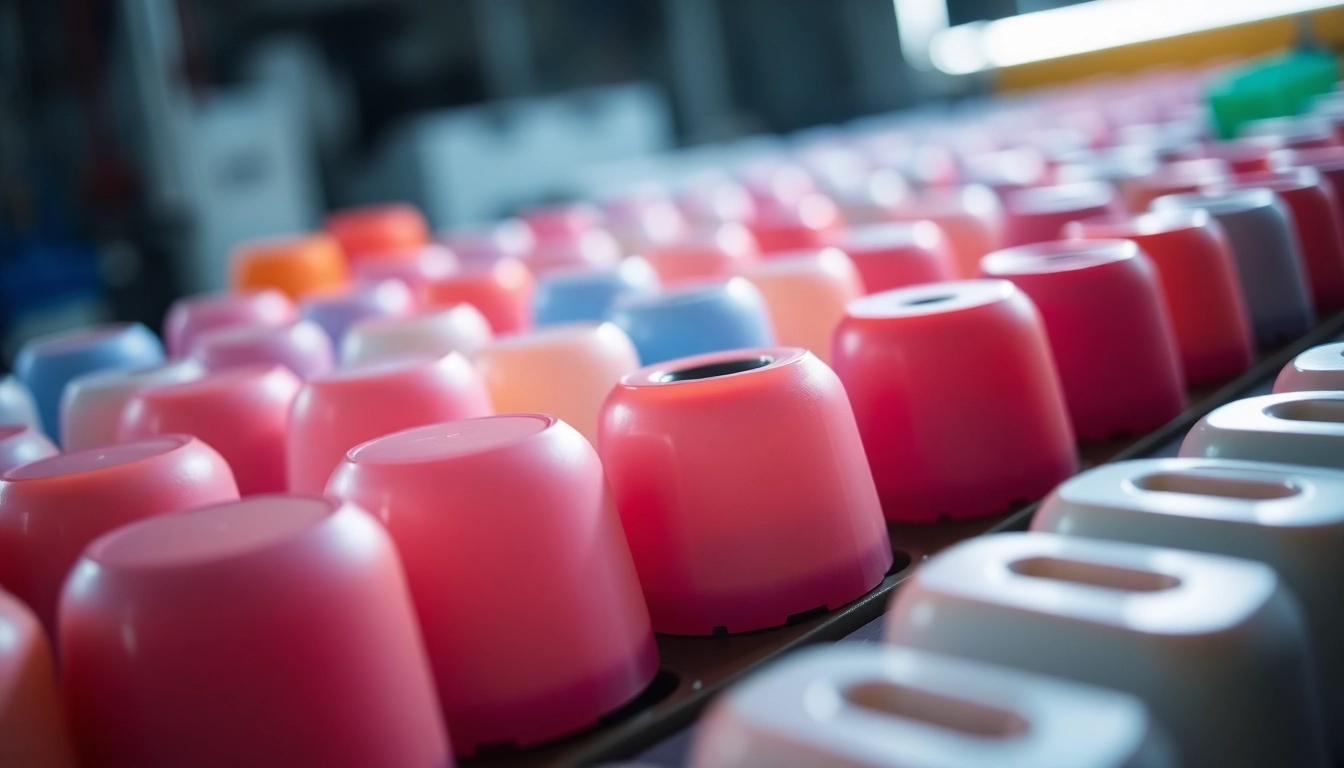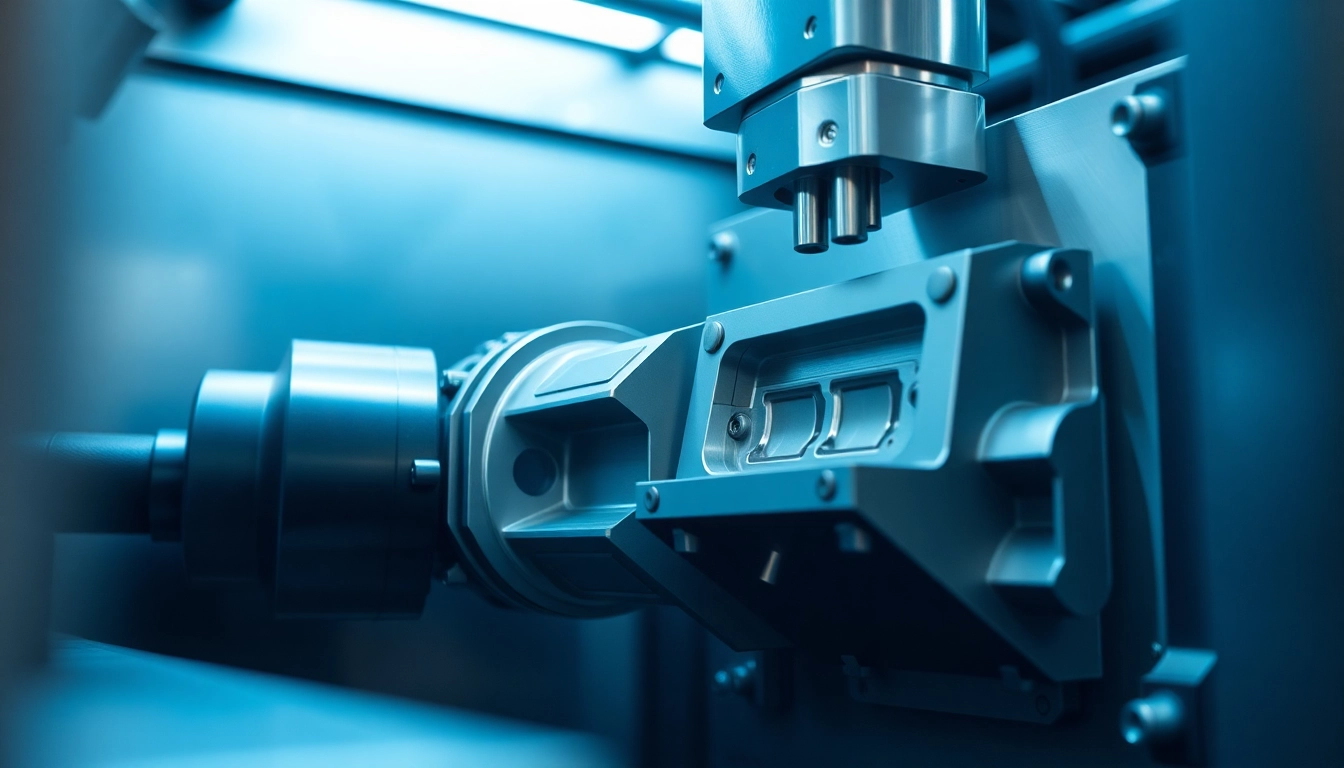Understanding Injection Molding
Injection molding is a foundational manufacturing process widely employed in producing plastic parts and components. This versatile technique allows for the production of complex shapes with high levels of precision and efficiency. Whether it’s in automotive, consumer goods, or medical applications, injection molding plays a crucial role in modern manufacturing. In this comprehensive guide, we will explore the various facets of injection molding, including its history, benefits, key components, and much more.
What is Injection Molding?
Injection molding is a manufacturing process that involves injecting molten material into a mold to create solid objects. It primarily uses thermoplastic or thermosetting plastic, which can be molded into a variety of shapes and sizes, making it ideal for producing mass quantities of identical products. The process is categorized into several stages: clamping, injection, cooling, and ejection. Each stage plays a critical role in ensuring the final product meets the desired specifications regarding form and function.
History and Evolution of the Process
The origins of injection molding date back to the 19th century when it was first developed by John Wesley Hyatt in 1872. Hyatt patented a process for molding objects from celluloid, which was one of the first synthetic plastics. Over the decades, advancements in technology led to the development of more efficient and versatile machines. In the mid-20th century, the introduction of thermoplastic materials revolutionized the industry, allowing for faster production times and greater design flexibility.
Benefits of Injection Molding in Manufacturing
- High Efficiency: Once the mold is created, injection molding can produce high volumes of parts rapidly. This process is ideal for mass production, reducing the cost per unit significantly.
- Precision and Consistency: Injection molding can produce complex and intricate designs with tight tolerances, ensuring each product is manufactured consistently and accurately.
- Material Variety: A wide range of materials, including different types of plastics and composites, can be used in injection molding, providing manufacturers with design flexibility.
- Reduced Waste: The process is highly efficient, with minimal waste produced during manufacturing compared to other methods like machining.
- Automation: Injection molding can be automated, leading to reduced labor costs and increased production rates.
Key Components of Injection Molding
Injection Molding Machines: Types and Functions
There are various types of injection molding machines designed for specific applications, including:
- Hydraulic Machines: Commonly used, these machines operate using hydraulic fluids to generate high pressures necessary for the injection process.
- Electric Machines: Known for their energy efficiency and reduced cycle times, electric machines provide precise control over the molding process.
- Hybrid Machines: These devices combine hydraulic and electric technologies to benefit from both systems’ advantages, offering flexibility and efficiency.
Molds: Design and Material Considerations
The mold is a crucial element in the injection molding process. It is typically made from steel or aluminum and is designed to withstand the high pressures and temperatures necessary during injection. Factors to consider during mold design include:
- Shut-off and Ejection: Well-designed molds include mechanisms for easy part ejection without damaging the product.
- Cooling Channels: Proper cooling channels help ensure uniform cooling of the part and reduce cycle time.
- Ventilation: Adequate venting is vital to prevent trapped air during the injection process, which can create defects.
Materials Used in Injection Molding
A variety of materials are suitable for injection molding, each offering unique properties and benefits:
- Thermoplastics: Commonly used for everyday products due to their versatility and ease of processing. Examples include ABS, polypropylene, and nylon.
- Thermosetting Plastics: These materials undergo a chemical change during molding, resulting in a rigid structure that cannot be remelted. Examples include epoxy and silicone.
- Elastomers: Sometimes used for applications requiring flexibility and resilience, such as rubber-like materials.
The Injection Molding Process Explained
Stage One: Clamping
The clamping stage involves securely closing the mold before the injection of material. The machine’s clamping unit must generate sufficient force to keep the mold halves together, preventing any material from escaping during the injection phase. The strength of the clamps is determined by the size and type of parts being molded.
Stage Two: Injection of Material
In this stage, molten plastic is injected into the closed mold through a nozzle. The injection unit uses a screw mechanism to melt the plastic resin and then forces it into the mold cavity under high pressure. This process must be precisely controlled to avoid defects such as short shots or over-packing.
Stage Three: Cooling and Ejection
After the mold is filled, the plastic is cooled to solidify it. This stage may take a few seconds to a couple of minutes, depending on the material and part thickness. Once adequately cooled, the mold opens, and an ejection system releases the finished part. Proper cooling is critical to ensure structural integrity and dimensional accuracy in the final product.
Common Applications of Injection Molding
Consumer Products Made with Injection Molding
Injection molding is extensively used in creating a wide range of consumer products. From packaging materials, and household items like containers, to electronics components like casings, the possibilities are nearly endless. It allows for mass production of items, making them affordable and accessible to consumers.
Industrial Applications and Components
In industrial settings, injection molding produces components like gears, housings, and custom parts for machinery and equipment. This method supports the manufacturing of high-performance materials designed for specific applications, such as automotive and aerospace parts.
How Injection Molding is Used in Medical Devices
The medical industry relies heavily on injection molding for producing various devices and components. Examples include surgical instruments, drug delivery systems, and diagnostic equipment. The strict quality standards in the medical field necessitate precision and reliability, making injection molding an ideal choice.
Challenges and Solutions in Injection Molding
Common Defects and How to Avoid Them
While injection molding is a reliable process, defects can occur. Common issues include:
- Short Shots: Occurs when the material does not completely fill the mold. Solutions include optimizing the injection speed and pressure.
- Warpage: Causes the part to become distorted. This can be mitigated by controlling cooling rates and using appropriate material grades.
- Bubbles and Voids: Trapped air or volatile substances can cause defects. Implementing proper venting and material drying procedures can help prevent this.
Cost Factors in Injection Molding
Injecting molded products can entail several cost factors, including material, machine operation, labor, and tool production. While the initial cost for mold creation can be high, it is often offset by high production efficiency in mass quantities. Proper planning and use of design for manufacturability (DFM) principles can optimize costs and improve ROI.
Future Trends in Injection Molding Technology
The injection molding industry continues to evolve, with trends including:
- Automation and Smart Factories: Increased automation levels and smart manufacturing technologies are helping to improve efficiency and reduce human error.
- Sustainability Practices: There’s an ongoing shift towards using recycled materials and sustainable practices in the injection molding process.
- Advancements in Materials: Innovations in material science are leading to lighter, stronger, and more versatile materials, expanding the applications of injection molding across different industries.




